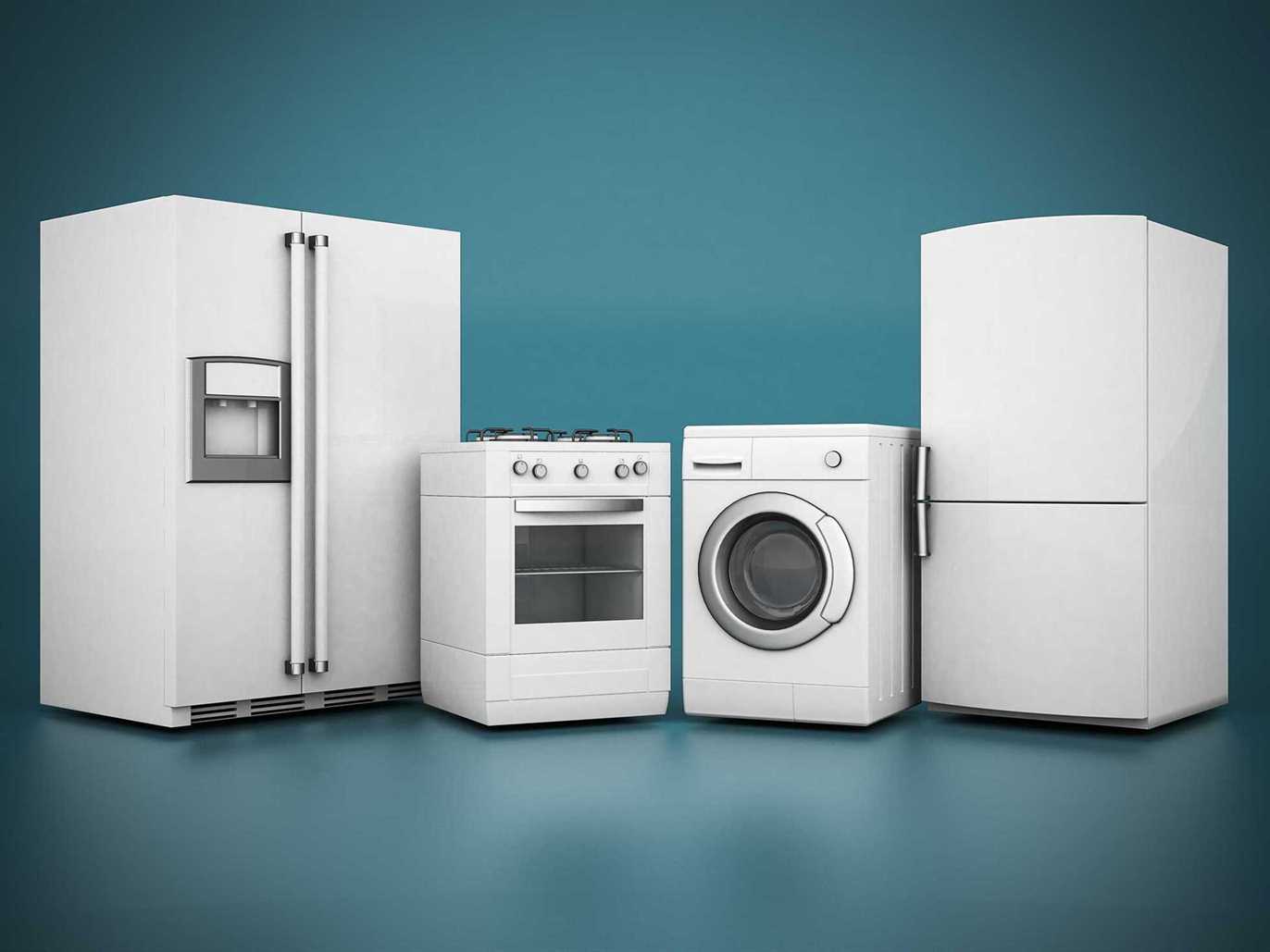Home appliances were made to make our lives easier. If you have a considerable number of them, it’s imminent that the figure on your power bill will rise. Good thing is, the battle to reduce your home’s electricity usage can be won through taking some simple measures. One of those is by scheduling appliance repair service regularly so that all the home appliances are in proper conditions. Frayed wiring in appliances has been known to cause electrical leakage and increase electricity bills as a result. In general, when parts of most home appliances break down, they cause the appliance to overwork resulting in increased electricity consumption. Of course, switching off appliances when not in use and upgrading from older to newer models that consume less energy are other ways to reduce electricity bills. However, the war is not won until you know which home appliances consume the most energy.
In order to understand which home appliances hogs electricity the most, you need to understand how manufacturers measure their energy consumption. Most home appliances run on electricity. Each of these, have their own level of energy consumption, which is measured in watts. For instance, a light bulb on a desk lamp could have an energy consumption rating of 40-watts. This means that at any given time that the lamp is on, it consumes 40 watts of power. Larger home appliances such as microwaves and vacuum cleaners consume more power, which is measured in kilowatts. 1 kilowatt is equivalent to 1000 watts. Therefore, an energy consumption rating of 1 kilowatt-hour (1kWh) translates to 1000 watts used per hour.
Due to its multipurpose nature, the HVAC is one of the power-hungry appliances at home. During winter, the HVAC keeps the room temperature higher than outdoors by circulating heated air around the house. During summer, the HVAC maintains a lower room temperature than outdoors by circulating cooled air around your home. This process is responsible for about 20% of your annual power bill. On average, the HVAC system should consume 300 to 900 kWh annually. You can conserve energy by scheduling regular maintenance for your HVAC and installing programmable thermostats to regulate the HVAC’s performance. Upgrading to high-efficiency heating and cooling systems will also lower the electricity bills.
The water heater is another power-hog. The heater is responsible for heating up water for the many various uses in the house: from hot water needed in the kitchen, to bathing, laundry, just to name a few of the hot water needs in households. Collectively, water heater consumes an average of 1500kWh which translates to about 15% of your annual energy bill. Newer water heater models consume less energy. To conserve power consumption further, you can insulate the water tank and use low-flow showerheads.
Washers and dryers are essential in every home. They unfortunately are not known for their high energy consumption. Collectively, they are responsible for up to 14% of your annual power bill. Accumulating dirty clothes till they make a full load before you can do laundry will conserve energy. Additionally, regularly cleaning the lint trap located in the dryer will increase the appliance’s efficiency reducing energy consumption.

